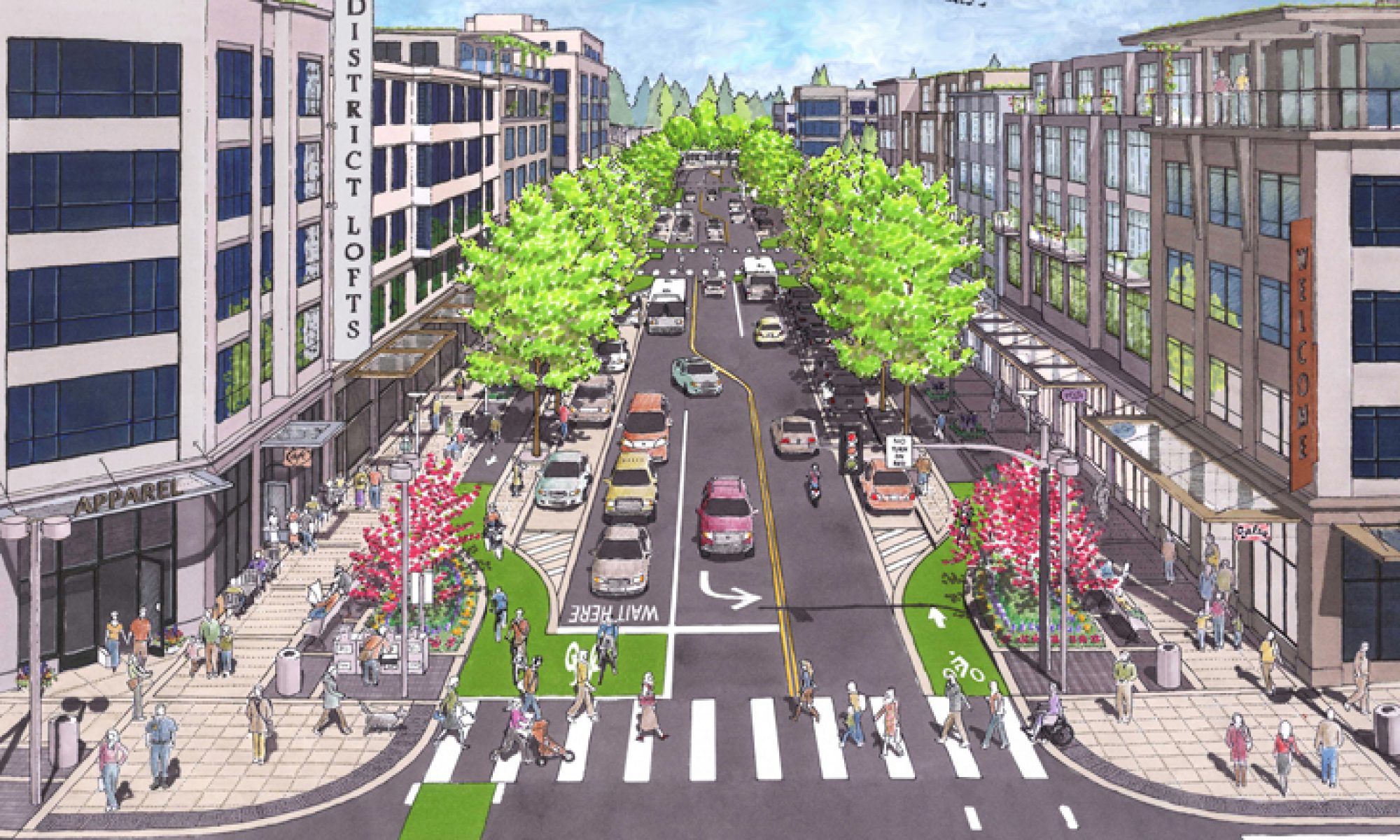Asbury Park is looking at a great opportunity to initiate progressive, and permanent change to prioritize people walking and people riding bikes, to offer alternative transportation, and to restrict the use of cars. We owe it to ourselves. This is our future, so let’s plan for it.
Since the beginning of the pandemic there have been countless articles about cities creating more space for people to protect the environment and to save lives. I’ve had so many in the queue I can barely keep up.
Read more
here in this deep dive into what’s happening all over the world, followed by a great Twitter thread for more illumination.
Are we witnessing the death of the car?
By Francesca Perry29th April 2020
“Cities around the world are seeing dwindling numbers of fossil-fuel powered cars on their streets, and many are planning to keep it that way after
lockdowns ease.”
To accommodate streets now busier with bikes, as well as facilitate social distancing, some places have installed temporary cycle lanes or closed streets to cars. Pop-up bike lanes have appeared in cities including Berlin, Budapest, Mexico City, New York, Dublin and Bogotá. Governments from New Zealand to Scotland have made funding available for temporary cycle lanes and walkways amid the pandemic. In Brussels, the entire city core will become a priority zone for cyclists and pedestrians from early May for the forseeable future. Meanwhile, temporary street closures to cars have taken place in Brighton, Bogotá, Cologne, Vancouver and Sydney as well as multiple US cities including Boston, Denver and Oakland. In England, restrictions have been lifted to enable and encourage councils to more quickly close streets to cars.
But these, of course, are temporary measures. What will happen when lockdowns are lifted?
Cities that seize this moment to make it easier for people to walk, bike and take public transport will prosper after this pandemic and not simply recover from it – Janette Sadik-Khan
“Cities across the globe are moving quickly and ambitiously to reclaim hundreds of kilometres of streets from the car monopoly and reallocate these public commons to people walking, cycling and rolling. It‘s like seeing decades of activism happen in a month.”
“The Great Reclamation: I am losing track of the number of cities that have moved suddenly and ambitiously to reclaim hundreds of kilometres of streets from the car monopoly and reallocate these public commons for people walking, cycling and using wheelchairs.”
@modacity began with a
family’s move in 2010, and was the impetus to “educate people and cities about the inherent benefits of moving away from a car-centric transportation model, to a more inclusive one that is accessible to people of all ages, abilities, and economic means.”
“Using writing, photography, film, and the power of social media, we used this revelation to communicate a more human image of multi-modal transportation.”
“It is like watching decades of activism happen in a month. Like watching generations of ‘cycling and walking plans’ or ‘sustainable mobility plans’, which have always been aspirations, turn into facts (literally) overnight.
It has taken a crisis that is new, sudden, total and full of unknowns to break, albeit briefly, the car monopoly on urban space which has been in place for 70-100 years in the rich West…”
Read the tweet here.
Like this:
Like Loading...
Related






One Reply to “This Is Our Future. The Birth Of A Healthy, Resilient City”